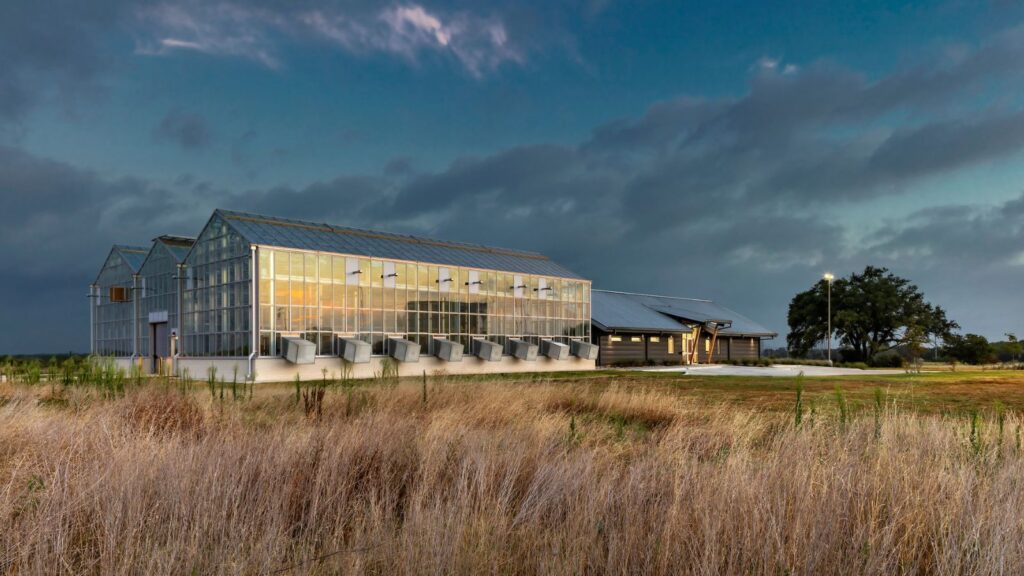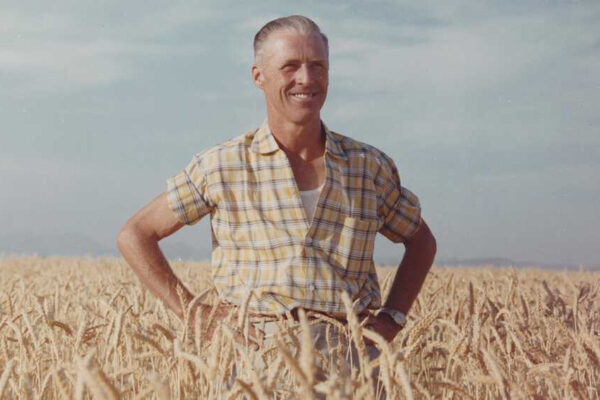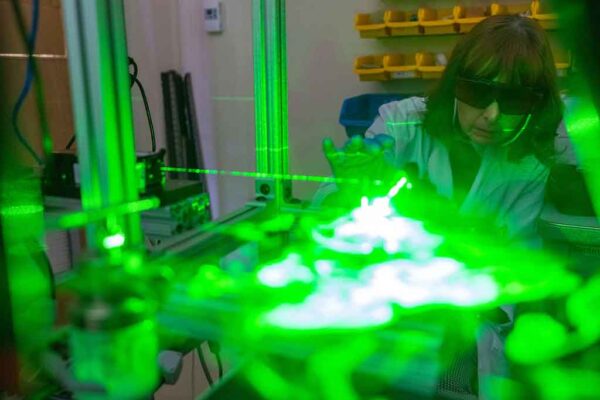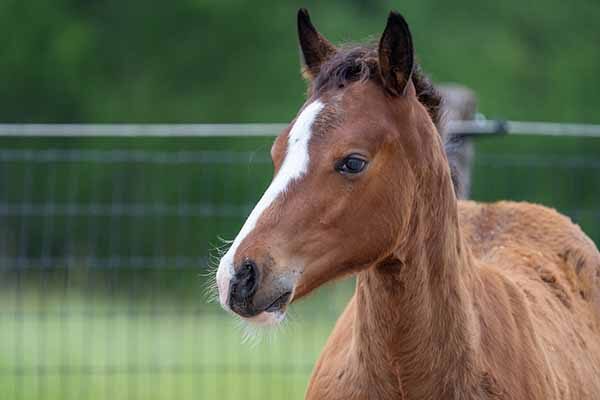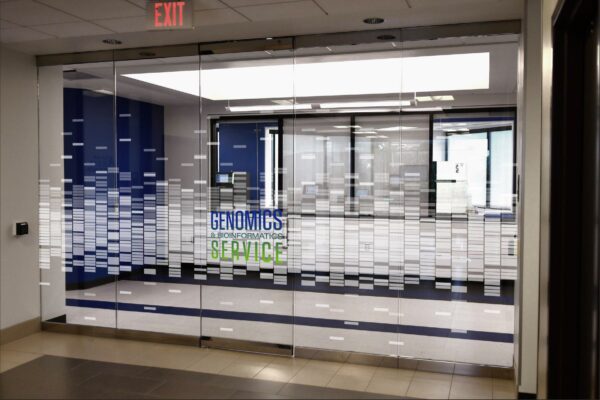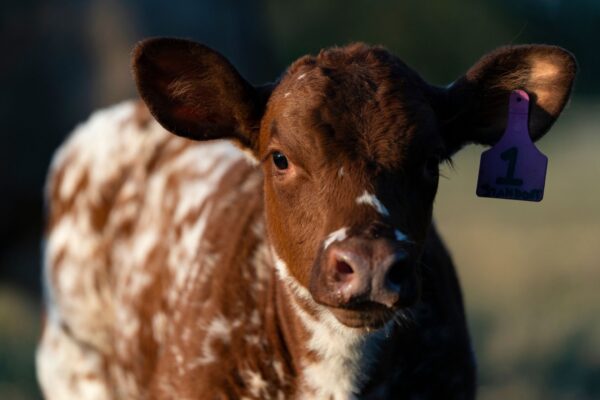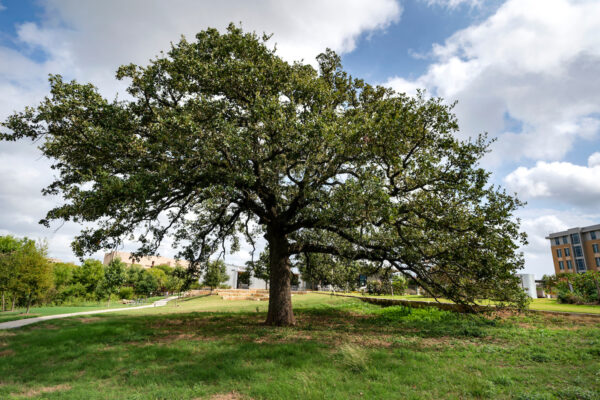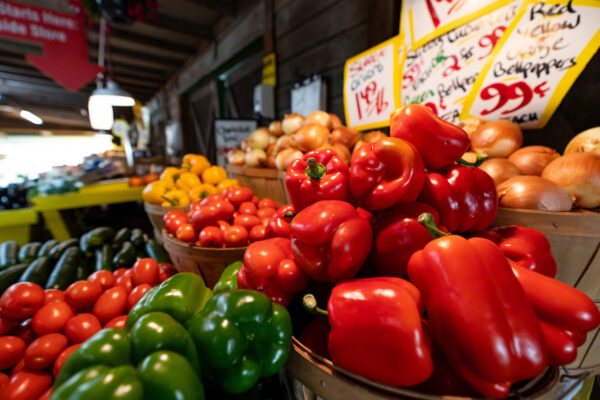Institutes and Partnership Initiatives
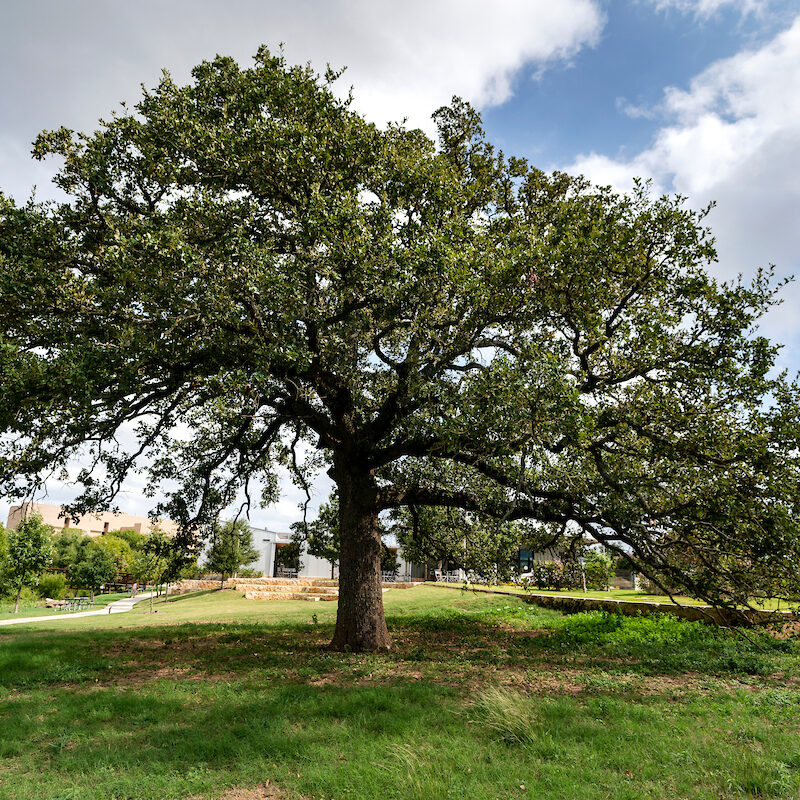
The Research Expertise of Texas A&M and Beyond
In addition to expertise within The Texas A&M University System, Texas A&M AgriLife Research brings together many sponsors, stakeholders and collaborators from an array of public and private organizations to conduct comprehensive research in agriculture, natural resources and the life sciences, spanning each discipline, environment, and food and fiber commodity of Texas.

The Norman Borlaug Institute for International Agriculture and Development strives to further Dr. Borlaug’s legacy of improving global food security, livelihoods, and resilience through applied agricultural research and extension services internationally. Named in honor of the 1970 Nobel Prize winner and Father of the Green Revolution, the Borlaug Institute develops, coordinates, and leads international agricultural development programs.

Cross-Border Threat Screening and Supply Chain Defense, CBTS, is a U.S. Department of Homeland Security, DHS, Center of Excellence located in Texas A&M AgriLife Research. CBTS’ mission is to develop technologies that detect biological threats moving through global supply chains. The team focuses specifically on data integration and analytics to support threat detection, as well as novel methods to minimize risks to DHS operations.

The National Center for Electron Beam Research, NCEBR, is the leading academic and research organization in the world that is focused on the research, development, and commercialization of Electron Beam, eBeam, technologies. Our goal is to harness this technology for improving the quality of life of people and economies around the world.

The Center for Greenhouse Gas Management in Agriculture and Forestry brings together expertise across Texas A&M to to meet a new paradigm of food and fiber production with a minimal carbon footprint.

The Texas A&M Institute for Equine Sciences brings together world-class science, academic expertise and facilities to advance its equine mission. The institute’s major goals include strengthening equine collaborations among public and private sectors and academia. Collaborators will work toward enhanced care and welfare of horses, improved research infrastructure and top-tier education for students and professionals.

Texas A&M Institute for Genomic Medicine (TIGM) facilitates breakthroughs in science and medicine and accelerates the pace of medical discoveries through internal research by providing our resources, training and services to the scientific community at Texas A&M, The State of Texas, and the world.

The Institute for Infectious Animal Diseases (IIAD) works to deliver translational research-driven risk-based solutions and training applications to address animal diseases through a One Health systems approach. Founded in the early 1990s as a member of the Texas A&M University System and Texas A&M AgriLife Research, the Institute was designated in April 2004 as a Department of Homeland Security Science and Technology Center of Excellence (COE) and currently serves as an Emeritus COE.

The Texas A&M Natural Resources Institute (NRI) works to improve the conservation and management of natural resources as well as private land stewardship through interdisciplinary and applied research, education and policy. NRI is committed to solving natural resource issues and engaging land managers, citizens and policymakers throughout the process.

The Vegetable and Fruit Improvement Center (VFIC) a part of the Texas A&M University Department of Horticultural Sciences, was established in 1992 under the direction of Dr. Leonard M. Pike, to support and strengthen the total vegetable industry through research. Its goal is to develop new technologies for producing quality vegetable products in an efficient, economic and environmentally sound system, with a focus on achieving health and nutrition benefits. In March 1999, fruit was officially added to the name and research scope of the Center.

The Texas Water Resources Institute (TWRI) has helped solve Texas’ water issues through research, education and outreach for 70 years.
TWRI provides science-based, community-supported solutions for the state’s pressing water quantity and quality challenges through internal expertise and external collaborations.
Research Across Texas
In addition to the Texas A&M AgriLife Research and Extension Centers, AgriLife Research supports new discoveries across institutes and partnership initiatives; academic departments in the Texas A&M University College of Agriculture and Life Sciences and the School of Veterinary Medicine and Biomedical Sciences; Texas A&M University System campuses with AgriLife Research joint appointments; and more.
